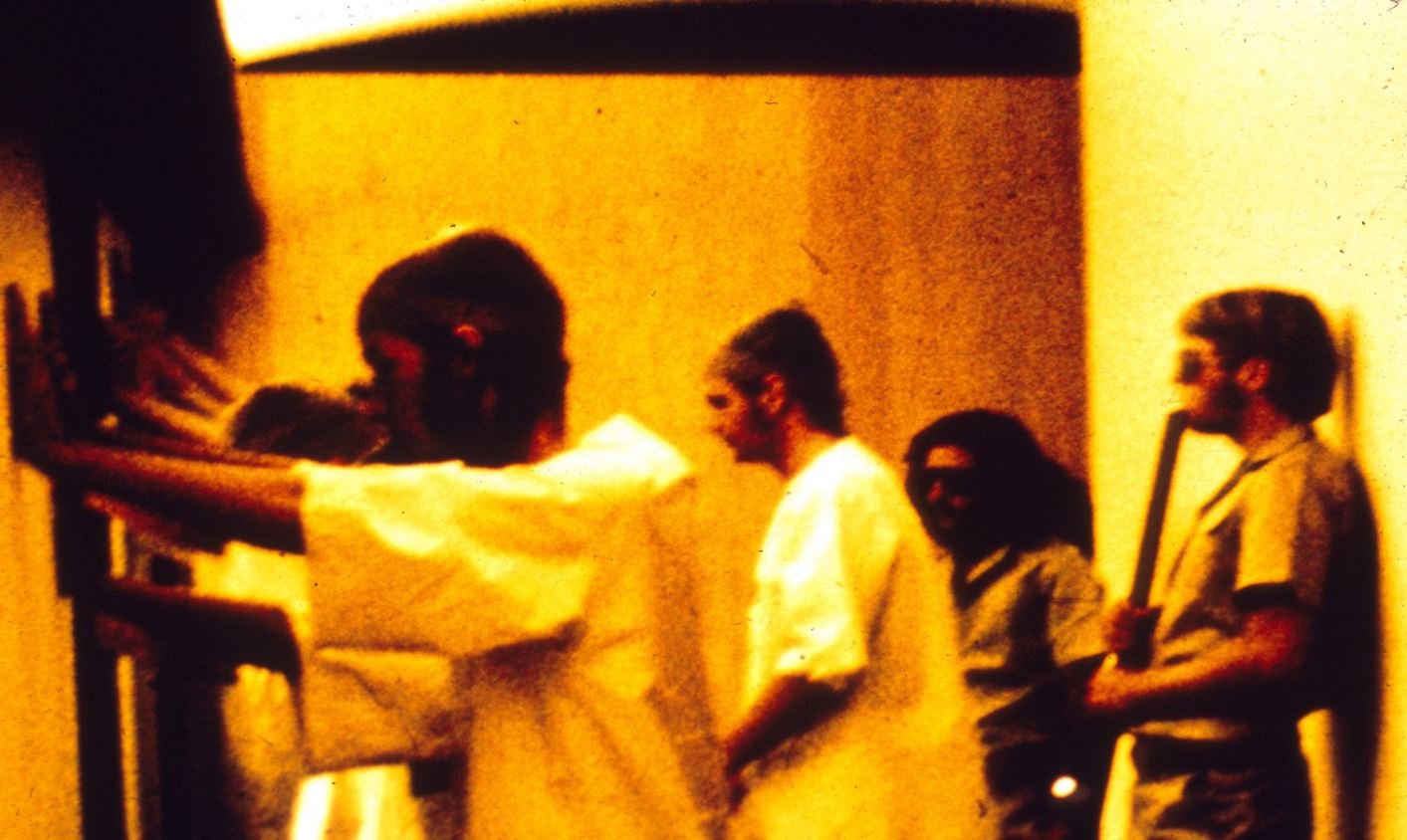Why Lie Detectors Don’t Work
I can remember the first time I saw a polygraph machine pop up on Daytime television talk shows used as some kind of a gimmick for detecting lies. I thought it was only a matter of time before everyone was strapped into one at some point in their lives.
Imagine my surprise when I found out that lie detectors are just pseudoscience and don’t really tell you if someone is lying. And this wasn’t something that the inventors found out years or decades later after inventing it.
This was known from the beginning and even nicknamed “Frankenstein’s monster”.
“Wait, I’m not the only one?!”
A Quick History of Lie Detecting
Throughout history, people have always looked for an easy way to find out if someone was lying. Thousands of years ago, in places like India or China, you were made to chew on dry rice for a few seconds and then spit it out. If rice stuck to your tongue, you were determined to be lying.
European countries had what’s called “Trials by Ordeal”. One of which had you place your hand in boiling water and if you pulled it out with no injuries it meant you were telling the truth. Another ordeal was making you carry a hot piece of metal, no injury meant honesty.
“Ya know what? No need to test, I totally lied.”
The rationale used was, if you were telling the truth then God would protect you from injury. I’m imagining a judge back then thinking their trials by ordeal had a 100% success rate and never once questioning why everyone was always lying.
Polygraph Machine is Born
Luckily modern lie detection techniques are slightly less painful. In 1881 Italian criminologist Chesare Lombrosso invented a machine that could measure changes in blood pressure to help determine lies.
This was later improved on by William Marston in 1921 to not only measure blood pressure but to also measure breathing rate. By the way, he also created Wonder Woman, so you can see where he got the idea for the lasso of truth.
A couple of years later, police officer John Larson and his protégé Leonarde Keeler, an amateur magician, improved on Marston’s machine. It was now able to record breathing rates, blood pressure changes, and bioelectrical skin reactivity. That last one is just a fancy way of saying it could tell if you were sweating more. They called this machine the “Cardio Pneumo Psychograph”.
By now you’re probably wondering, “Okay that’s interesting but at what point does someone improve on the machine to be able to tell if someone is lying?” Well, guess what? They don’t.
How the Polygraph Machine “Works”
The idea behind the polygraph, as it became known, was it would measure the differences in the changes to your breathing, blood pressure, heart rate, etc while you answer questions. There are usually two sets of “yes or no” questions, one set are the control questions and the other set is relevant to the crime or the reason for the test.
As you answer, the control questions measure your base physiological reactions. Those are then compared to your reactions when answering other questions. Since there are some physiological responses some people have when lying, like elevated heart rate or sweating, the machine works to record these changes and leaves it up to the person administering the test to determine if it means you were lying.
Needless to say, the test is nowhere near as accurate as some people think. The National Academies of Science, Engineering, and Medicine found no evidence of effectiveness. The American Psychological Association stated, “that there is little evidence that polygraphs can accurately detect lies.” In 1983 the US Congress Office of Technology Assessment found, “significant error rates”.
Just as good as a polygraph machine
In fact, in 1998 the U.S. Supreme Court ruled polygraph evidence cannot be admitted as evidence, and the use of polygraph tests in the course of employment is illegal in the private sector.
Countries around the world, with few exceptions, have also either banned the use of polygraphs during trial or left it up to the defendants to choose. Despite all of this, the U.S. government and others still use polygraph tests for screening. Daytime television shows have made it into a business peddling the idea that it has some almost perfect accuracy.
The Lies of Lie Detecting
If you’re still not convinced they don’t work, there are countless cases where people have fooled the polygraph test. Unfortunately, some of these have been serial killers who, after passing the test, have gone on to continue killing. In one case, murderer Mark Christie passed the test, and an innocent man, Frank Sterling, failed it spending 22 years in jail.
This happens because all the test does is measure your reaction, if you’re a nervous person, had too much caffeine, or are confused by a question, you can end up failing. Someone who can maintain a calm demeanor, regulate their breathing, or clear their mind, can pass the test.
Take the story of Aldrich Ames, the soviet spy who passed up to 3 polygraph tests while working for the CIA or, and I can’t stress this enough, the countless murderers who passed it with ease.
Back in 1922 John Larson immediately saw the way his creation was already being twisted into some super accurate lie detection machine and denounced its use. After decades of fighting it, he called it “a Frankenstein’s monster”.
And I think he was right.















